January 28, 2022 – We gather news: You stay informed
January 28, 2022: Hawaii Bans Shark Fishing, Peruvian Oil Spill Disaster- Locals Cut Hair to Aid Clean-Up, Portugal Creates EU’s Largest Marine Reserve, New Shark Species and More
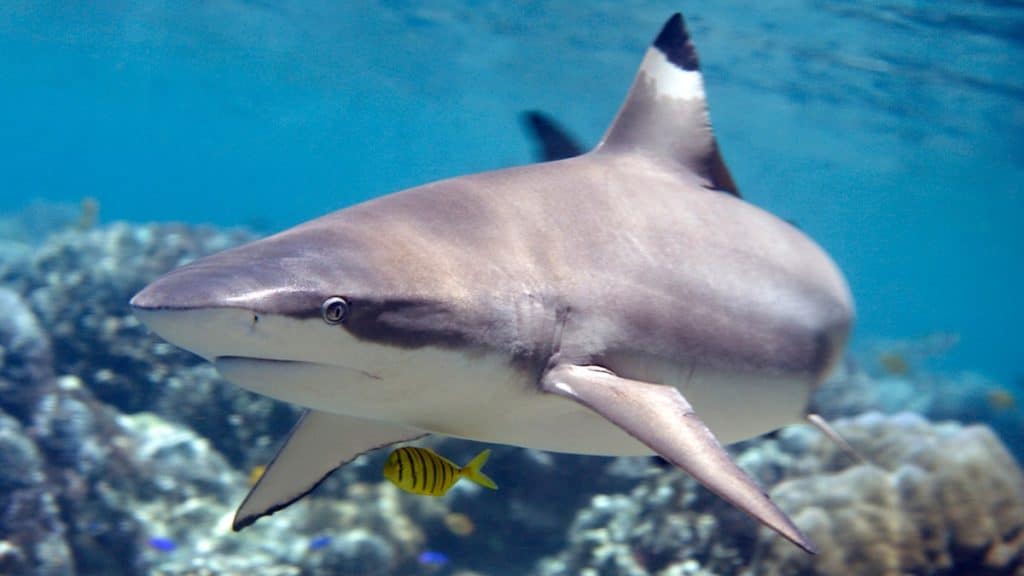
1. Shark Fishing Now Banned in Hawaii State Marine Waters
As of January 1, the state Department of Land and Natural Resources (DLNR) has banned shark fishing in Hawaii. It is now illegal to knowingly capture, entangle or kill any species of shark in state marine waters. Sharks are protected under House Bill 533, which was passed in the last legislative session. “We are well aware of how important sharks are to maintain healthy marine ecosystems. We also recognize their importance in Native Hawaiian cultural practices and beliefs,” said Brian Neilson, Administrator of the DLNR Division of Aquatic Resources. The ban does not apply to people with permits issued by the DLNR, shark fishing for public safety, sharks captured for self-defense, or sharks taken outside of state marine waters with required documentation. DLNR recommends that people avoid fishing in areas known to be frequented by sharks, especially pupping areas, and to use barbless circle hooks.
Thank you for your generous gift that will help us continue the production of this weekly, free publication
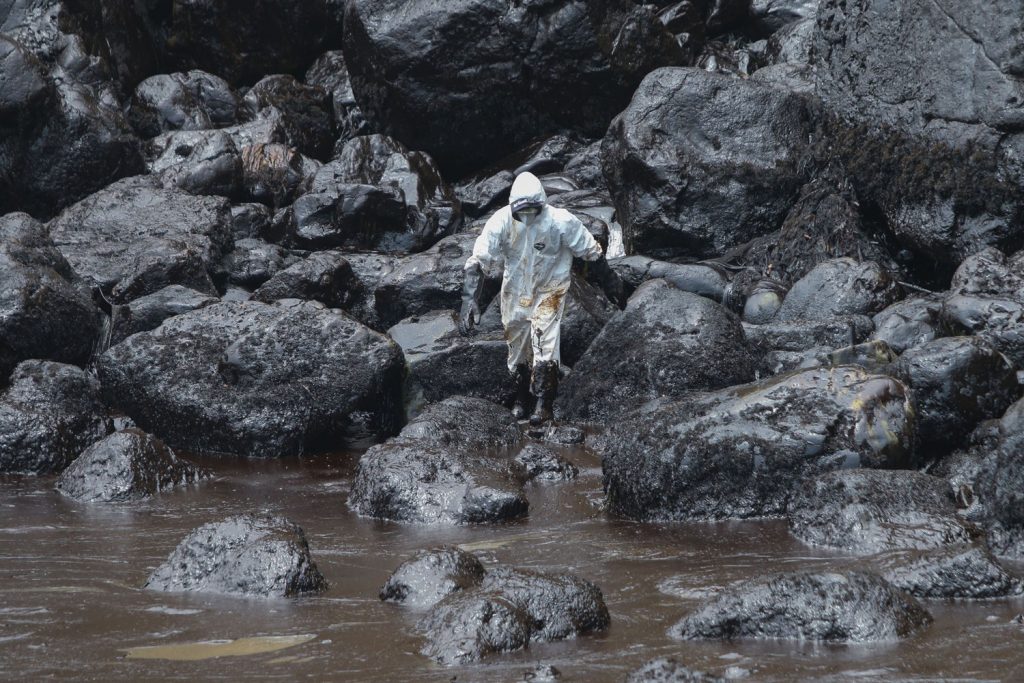
2. Oil Spill Causes Environmental Emergency in Peru
On January 15, while the oil tanker Mare Doricum was unloading crude oil at the La Pampilla Refinery north of Lima, Peru, the ship spilled about 6,000 barrels of oil into the sea, affecting an area of up to 9 million square meters. While initial reports blamed the incident on “abnormal waves” caused by the volcanic eruption in Tonga, investigations are ongoing, and the government is “looking at sanctioning” the refinery, according to Peru’s Prime Minister, Mirtha Vásquez. An environmental emergency has been declared, several beaches have been closed, and hundreds of cleanup workers were brought in by the Spanish energy firm Repsol. Cleanup crews and volunteers were working over the following weekend to help affected wildlife, including seals, birds, fish, and crustaceans. Hundreds of people have marched in protest against Repsol over the spill, reaching the vicinity of the refinery north of Lima.
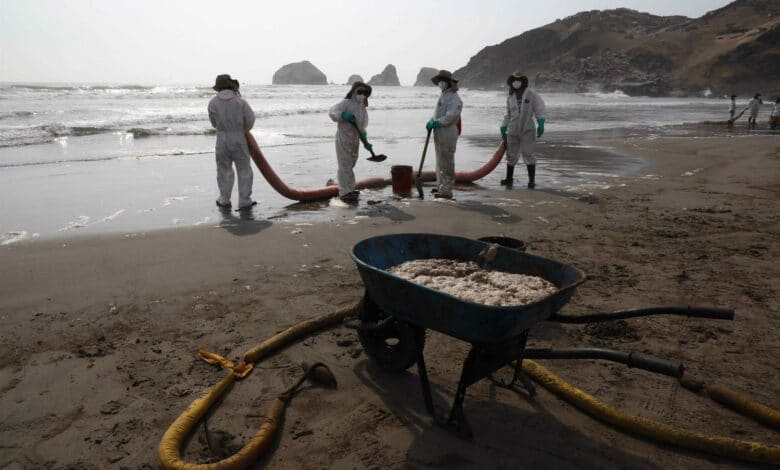
3. Peruvians Donate Hair to Assist with Oil Spill Clean-Up
Peruvians are donating their own hair to a Pacific Ocean clean-up effort after 6,000 barrels of crude were spilled at a refinery owned by Repsol. Non-governmental organizations, salon chains and regional and municipal administrations have launched campaigns to collect hair donations. The goal is to fill up large sausage-shaped booms with hair to absorb the crude that spilled on Jan. 15 north of Lima. The spill has already affected more than 20 beaches, three natural reserves and 713 hectares (2.75 square miles) of ocean. It has been called the worst ecological disaster around the Peruvian capital in recent history. Nicole Castillo, co-founder of “Hair Boom Peru,” one of the most viral movements associated with this initiative, said the project is aimed at spurring greater use of a sustainable methodology that is already employed around the world, most recently by Mauritius in mid-2020.
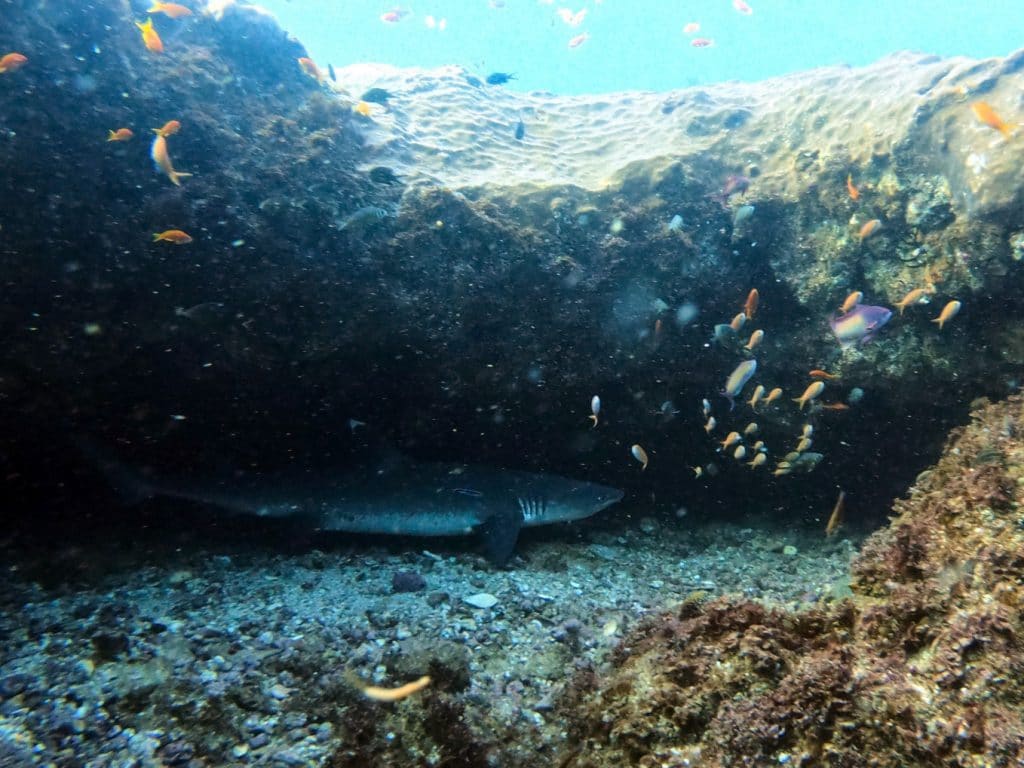
4. Portugal Has Created Europe’s Largest Marine Reserve
The largest marine protected area in Europe is a roughly 1,034 square mile reserve around the Selvagens Islands, a largely uninhabited volcanic archipelago in the northern Atlantic Ocean. The archipelago, which is about halfway between Spain’s Canary Islands and Portugal’s Madeira region, is home to the largest colony of Cory’s Shearwater seabirds in the world. Also known as the Savage Islands, they became a Portuguese nature reserve in 1971 due to the colony, and the new reserve boundaries expand on the existing protections. Portugal’s expanded reserve grants greater projections to the Selvagens Islands’ surrounding cold-water reefs. The original preserve’s protections expired at a depth of 656 feet, which was not far offshore of the sloped volcanic islands. The new protections are being put in place to combat threats to the resident marine life, including pollution, the climate crisis and overfishing of species like tuna.
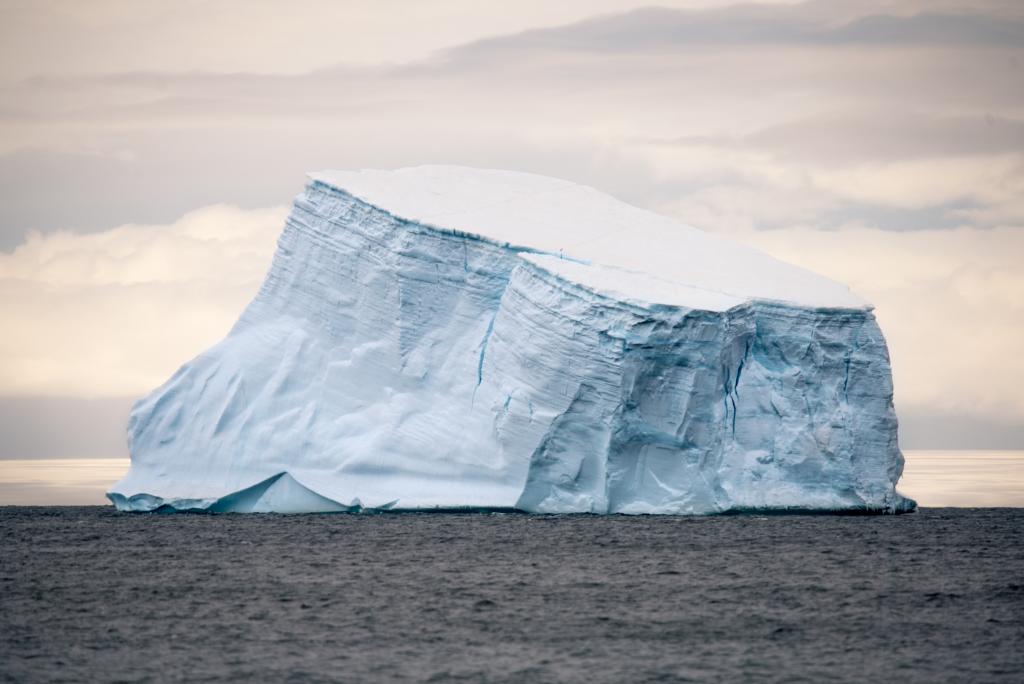
5. Mega-Iceberg Released ‘Billions of Tons’ of Fresh Water into Ocean
A giant iceberg that detached from Antarctica in 2017 released the equivalent of 61 million Olympic-sized swimming pools of fresh water as it melted, according to new research raising questions over the impact on the marine ecosystem. The iceberg was twice the size of Luxembourg when it separated from the Larsen ice shelf, which has warmed faster than any other part of Earth’s southernmost continent. Researchers who tracked its journey via satellites calculated that from late 2020 until it melted away in 2021, it released an estimated total of 152 billion tonnes of nutrient-rich fresh water into the sea. “This is a huge amount of melt water,” said Anne Braakmann-Folgmann, who led the research. “The next thing we want to learn is whether it had a positive or negative impact on the ecosystem” around South Georgia, she said.
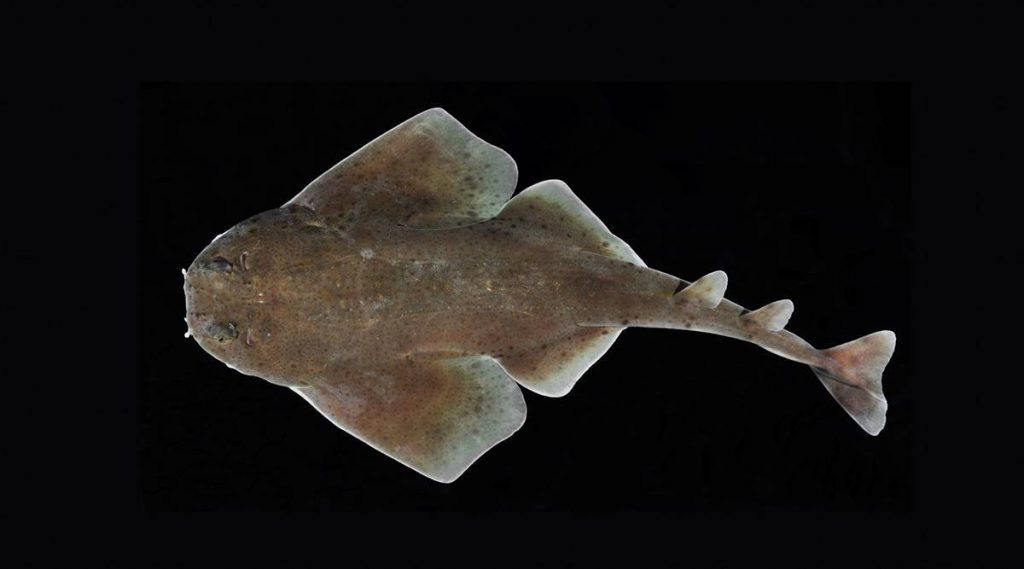
6. New Shark Species in Western Atlantic – Identified by Smithsonian Tropical Research Institute
A new shark species, the Squatina mapama (tentatively named the small-crested angel shark), is the first record of an angel shark from the Central American Caribbean, according to a new report from the Smithsonian Tropical Research Institute. Many angel shark species are considered endangered by the International Union for the Conservation of Nature. Squatina are flat-bodied sharks resembling stingrays, and the different species are not easy to distinguish from each other with the naked eye. However, genetic analyses have helped to establish them as a separate species, and distinct from other new world angel sharks. The small-crested angel shark is the fourth new species of Squatina identified in the Western Atlantic in the last decade. This study reveals the forensic value of genetic analyses for understanding the true biological diversity of a genus with various cryptic species (those that have very similar appearances).

7. $50M Gift From Mark Zuckerberg and Priscilla Chan Aims to Improve Hawaiʻi’s Ocean Health
A $50 million-dollar gift from Mark Zuckerberg, a Facebook founder, and his wife, Priscilla Chan, will support various research groups within the Hawaiʻi Institute of Marine Biology to help restore Hawaiʻi’s ocean health. “This transformative gift will enable our world-class experts to accelerate conservation research for the benefit of Hawaiʻi and the world,” said University of Hawai‘i President David Lassner. “The ocean ecosystems that evolved over eons now face unprecedented threats from our growing human population and our behaviors.” The gift will fund research and programs that document changing ocean conditions, explore solutions to support healthier ocean ecosystems, enhance coastal resilience from storms and sea-level rise and tackle challenges to marine organisms ranging from the tiniest corals to the largest predators. The gift also funds research on the impact of climate change on Hawaiian coastal waters, including the effect of acidification on natural refuges.
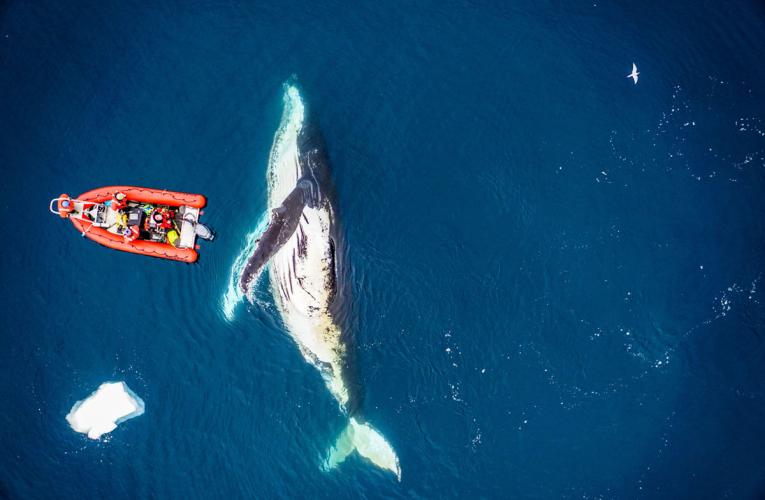
8. Whales Eat Much More Than Previously Thought
A new study published in “Nature” reports that baleen whales (including humpback and blue whales) may eat significantly more than previously estimated. The researchers found that median daily prey consumption was between 5-30% of a whale’s body mass. This is ecologically meaningful because of the great numbers of whales that used to swim in our oceans just 100 years ago. Often, when a predator’s population decreases, their direct prey increases in population. But not so with krill, which have decreased, indicating the far-reaching impact that whales have on marine ecosystems. Whales eat large amounts, and then excrete large amounts in turn. In doing so, they deposit huge inputs of iron into the ocean environment. This means that more whales probably made for a more “productive” ocean environment. There would be more phytoplankton, meaning there would be more krill, and therefore more food for baleen whales.
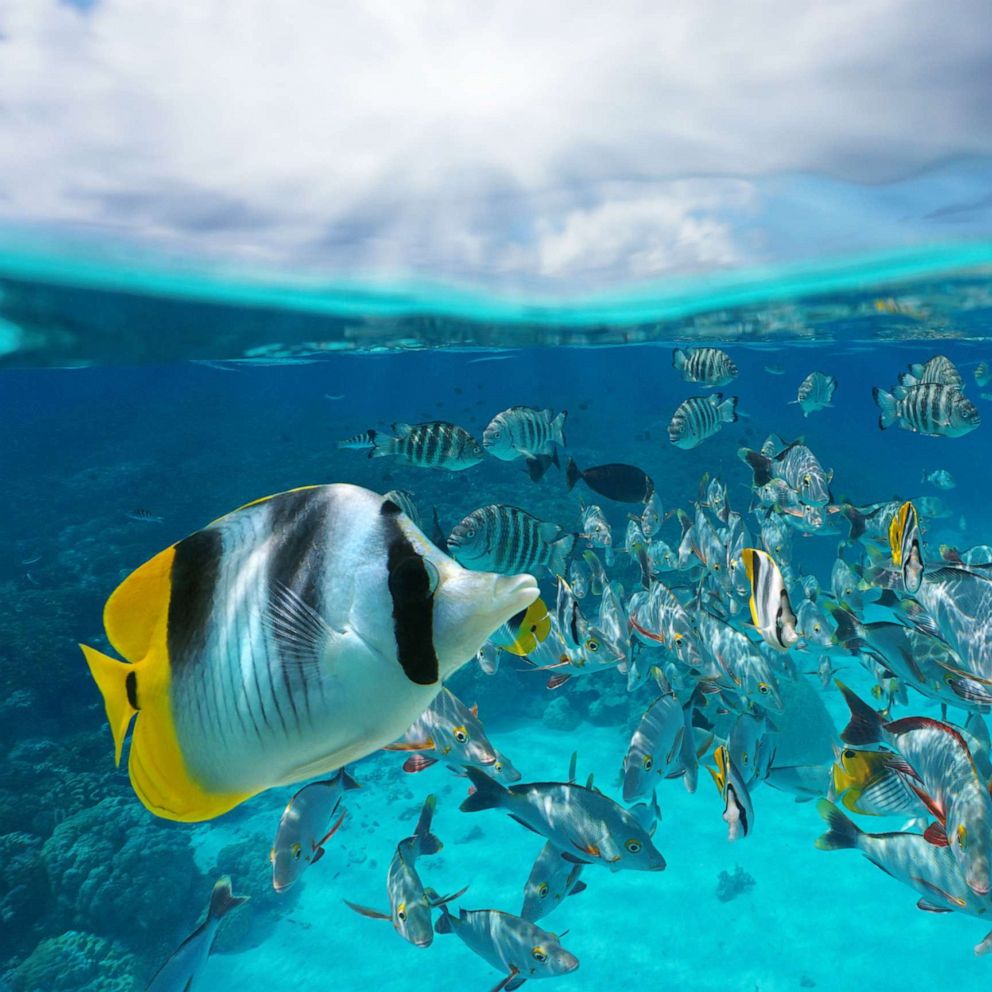
9. Scientists Use New Technology to Listen to Fish and Gather Intel
New research shows how automation can make it increasingly easy to eavesdrop on fish making sounds and uncover how their environment impacts them. “I get to spy on critters in the ocean, without disturbing them,” said Jill Munger, a marine ecology researcher at Oregon State University. Passive acoustic monitoring offers an unadulterated soundscape but also vast amounts of data. Munger was given a hard drive with 18,000 hours of sound from a 12-station hydrophone area in American Samoa. Her brother, Daniel Herrera, wrote code and together they trained a model to identify 94% of damselfish calls. Machine learning and algorithms like this help get through vast amounts of data and avoid research bottlenecks. Beyond identification, the method can uncover clues about ecosystem health. These machine learning approaches have been used in analyzing humpback whale calls, but not in the fish world yet.
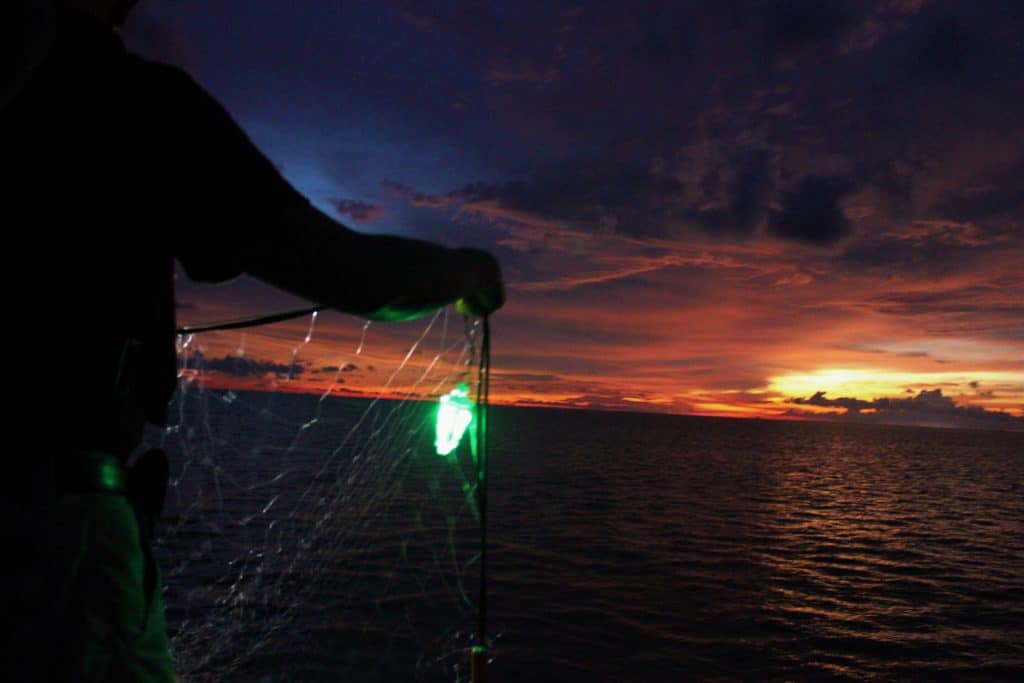
10. Illuminating Fishing Nets May Reduce By-Catch
New research seems to show that fitting light-emitting diodes (LEDs) to nets helps ward off unwanted by-catch without discouraging target animals from entangling themselves. Dr. Jesse Senko was particularly concerned with sharks, rays and skates (collectively, elasmobranchs) becoming entangled. With their acute eyesight, he hypothesized that they, like turtles, would avoid lit nets. Dr. Senko and his colleagues therefore set up an experiment off the coast of Baja California, in Mexico, in which they collaborated with local fisherfolk to deploy over 10,000 meters of nets dotted with battery-powered waterproof green LEDs. The lit nets caught 95% fewer kilograms of sharks, rays and skates. Munk’s devil ray and the diamond stingray turned up less often in the illuminated than the unilluminated nets. Humboldt squid were also discouraged. The advantage to the fisherfolk was that they needed to spend less time clearing by-catch from their nets.
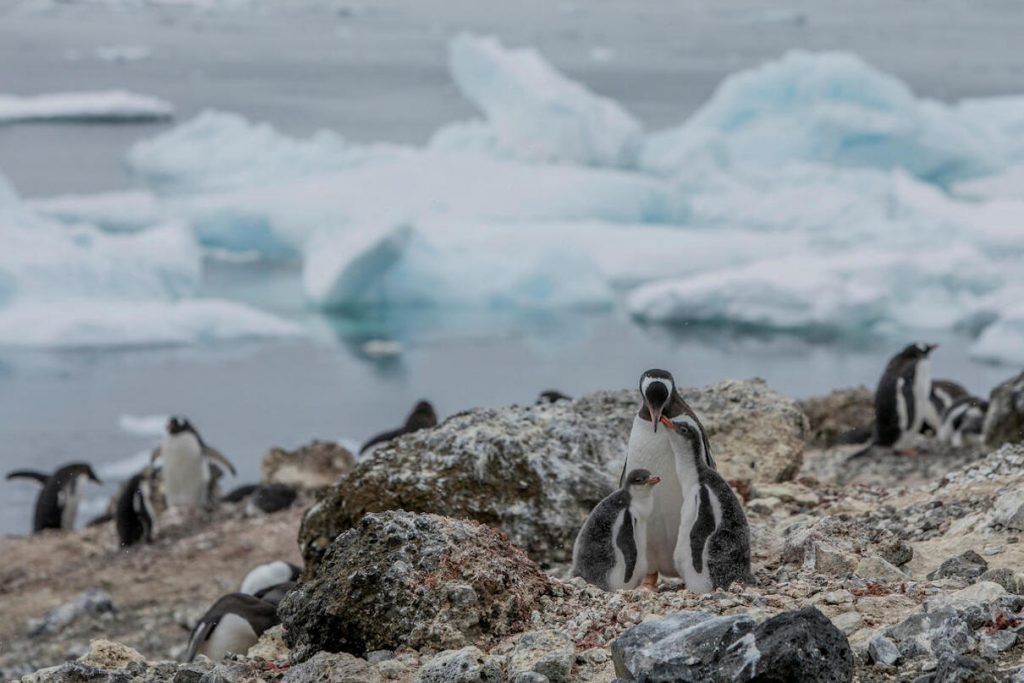
11. As Climate Change Melts Antarctic Ice, Gentoo Penguins Venture Further South
Researchers have discovered a new colony of gentoo penguins in Antarctica. The colony was found on Andersson Island on the east side of the Antarctic Peninsula, the furthest south the species has ever been found in that region. Gentoo penguins are generally found across the sub-Antarctic region, with the largest colonies on the Falkland Islands, South Georgia and parts of the Antarctic Peninsula. Unlike other penguin species that migrate to feed or breed, gentoo penguins stay in the same place in both summer and winter, so conditions have to be ideal for them to survive year-round in a given location. Climate change probably explains their presence on the island, as warming temperatures and melting ice make new locations habitable for the species. Scientists and conservationists want to establish a network of marine protected areas in Antarctica to protect the region as the climate changes.

12. Shark and Ray Research in India Has Low Relevance to Their Conservation
While conservation research has significantly increased in recent decades, those efforts may not translate to policy and practice. India hosts one of the largest chondrichthyan fisheries globally, and has few policies and regulations, making it one of the highest priority countries for shark and ray conservation. A new scientific paper looks at the relevance and applicability of chondrichthyan research in India to their conservation. The researchers found a total of 482 relevant publications. While the number of publications exponentially increased with time, less than 10% addressed socio-economic and management themes in the country, with most of the literature dominated by short-term fisheries studies, biological records and observations. “Alongside understanding the ecology and biology of sharks and rays, we need to understand the human behaviors that are driving their fisheries. Socio-economic research is critical for this, and is, unfortunately, lacking in India,” said co-author Trisha Gupta.
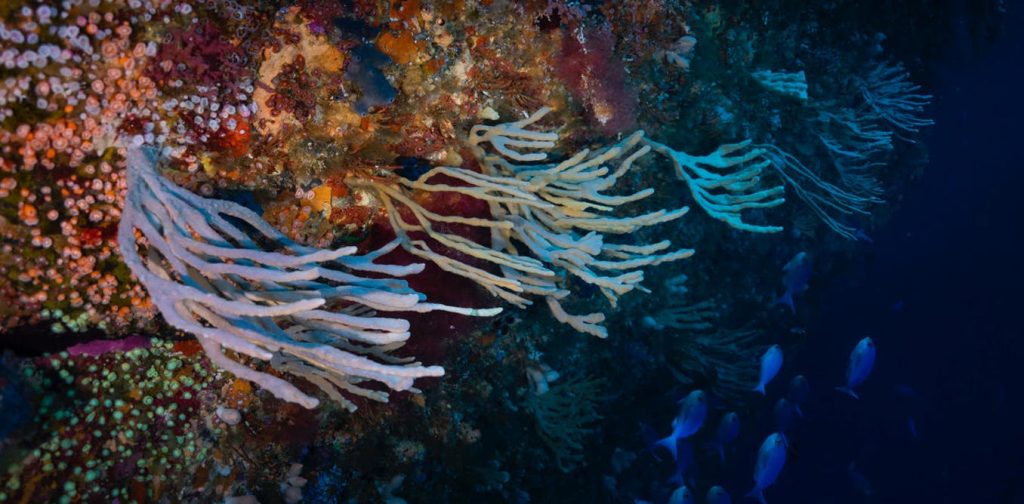
13. Sponges Survive Low Oxygen and Warming Waters and Could Dominate Reefs in the Future
Sponges are ancient marine animals, very common throughout the world’s oceans and seem less affected by ocean warming and acidification. The latest research published in Global Change Biology shows they can also survive low levels of oxygen. Most sponges are rarely exposed naturally to low oxygen in modern seas, but their tolerance could be the result of their long evolutionary history and exposure to variable oxygen concentrations through geological time. As our oceans continue to warm due to climate change, they will likely hold less oxygen. The ability of sponges to survive low-oxygen conditions means they are likely to tolerate these possible future environments better than other organisms living on the seafloor. Some sponge species have been shown to be very tolerant to climate change stressors, particularly changing temperature and acidity (measured as pH). This means sponges could be future winners in changing oceans.
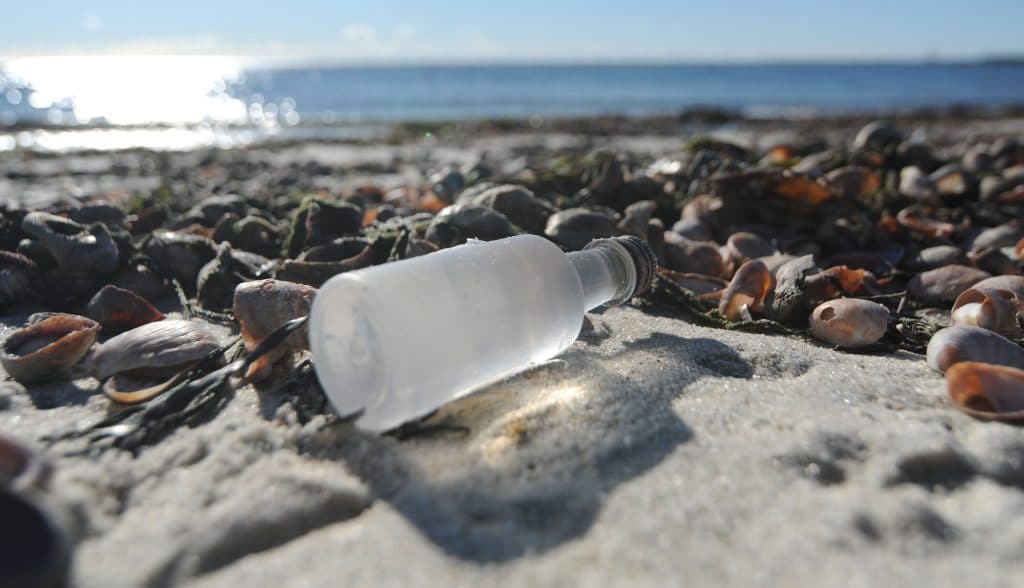
14. Newport, Rhode Island Considers Ban on Miniature Alcohol Bottles to Curb Litter
Five Newport County, Rhode Island representatives have co-sponsored a bill that could eliminate “nips,” or single-serving bottles of alcohol, from store shelves entirely. “Nips is short for niprecent, which means small measure,” said Rep. Deborah Ruggiero, one of the bill’s nine total co-sponsors. “They’re small drinks, but big pollution.” Rep. David Bennett introduced the bill, H7064, which would prohibit the sale and distribution of alcoholic beverage containers smaller than 100 milliliters. The House Committee on Environmental and Natural Resource’s hearing for the bill is scheduled for the end of January. The majority of nips bottles found in the ocean were carried by stormwater through ocean-bound drains after being discarded on roadways or sidewalks. Clean Ocean Access Program Director Dave McLaughlin said local legislation like Bennett’s bill can act as the first step in getting manufacturers to limit the production of single-use plastics.
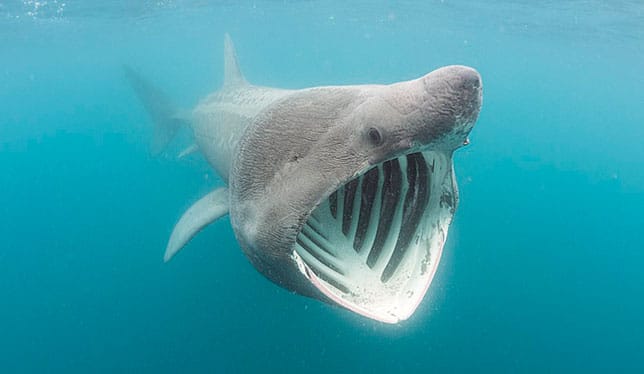
15. Canadian University Students Swim With Sharks, Virtually
This semester, Western University professor Paul Mensink is having students explore the physiology and anatomy of the basking shark through an immersive underwater experience involving the students being miniaturized and consumed by the sharks. This technological trick will be accomplished using an application developed by EXAR Studios. “One of the challenges of studying the ocean is that you can show lots of photos, but you can’t see the scope or the scale,” Mensink said. With this technology, “Students will get a sense of how large they can be…and then they’ll be swallowed whole.” Basking sharks, which grow to eight meters, are found in warm-water oceans worldwide. Despite their immense size, they pose no threat to humans as they are not meat eaters, feeding instead on plankton. Overexploitation has reduced their populations to the point where they have disappeared entirely in some areas.
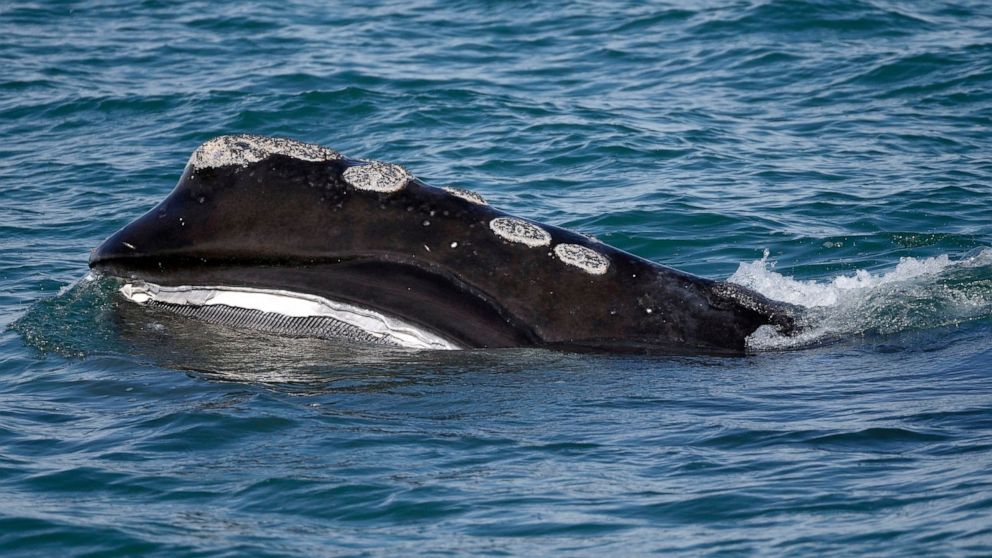
16. Baby Whale Genetic Testing May Help Save Species
Greater reliance on genetic testing of baby whales and mothers can provide more accurate information about a rare species and increase the chances of saving them from extinction, according to a new study. Researchers analyzed decades of data about North Atlantic right whales and found they had more success tracking the animals’ survival, growth rates and life histories when they had access to genetic samples. Right whales have long been tracked using photographs. The photographic archive is still critical, but it’s even more useful in tandem with genetic data, said Philip Hamilton, lead author. “The more accurate the information, the better our conservation measures can be targeted.” Right whales were once abundant off the East Coast, but were decimated during the commercial whaling era. The whales are now vulnerable to ship strikes and entanglement, and are the subject of new fishing restrictions to save them.
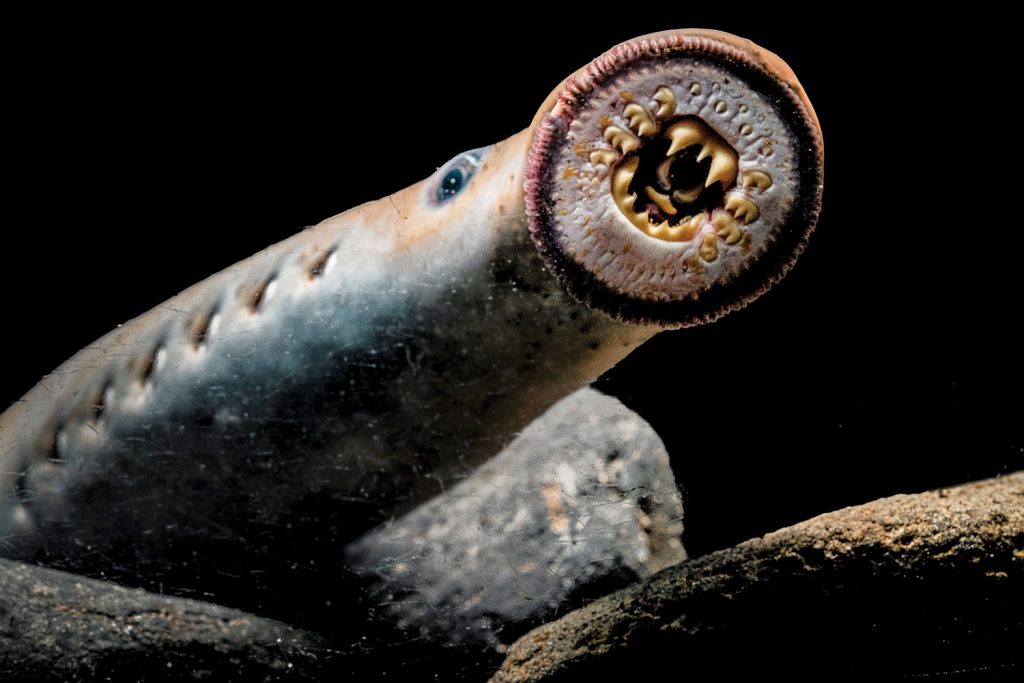
17. Pacific Lamprey Have Survived Many Mass Extinctions but Are Now Under Threat
Lamprey have been around longer than sturgeon and dinosaurs, even longer than trees. They’ve survived five mass extinctions and haven’t evolved since at least 66 million years ago. But these Devonian darlings may not be long for the modern world. Dams, habitat degradation, extirpation and other factors have reduced returning lamprey numbers in some basins from millions to what you can count on one hand. “This might be their extinction,” Ralph Lampman, a lamprey research biologist, said. “Our impact is more than 400 million years of impact combined. It’s a wake-up call for us.” Tribal conservation of this keystone species has never stopped, and in recent decades organizations like the U.S. Fish and Wildlife Service have begun lending a hand. The non-Native public is finally taking an interest, but because lamprey have little value from a Western perspective, they remain critically understudied.

18. Mariculture Offers Climate-Friendly Protein but Needs Careful Implementation
Mariculture – farming marine species in ocean and coastal environments – is a potential low greenhouse gas (GHG) emission, climate-friendly source of protein. A joint study between the University of Adelaide and The Nature Conservancy (TNC) provides guidance to both industry and regulators on how to develop climate-friendly mariculture practices and reduce emissions. The main message, says lead author Alice Jones, is that “different approaches to emissions reduction will be needed in different situations. But there are opportunities for meaningful reductions in GHG emissions or to enhance carbon sequestration across a range of sectors and operational models.” Some of the greatest opportunities include improvements in the production and supply chain associated with feed and post-harvest transport. The study also identifies a key gap in existing knowledge: how mariculture affects carbon sequestration in surrounding environments. Farms should avoid negative impacts to blue carbon habitats, like damaging seagrass.
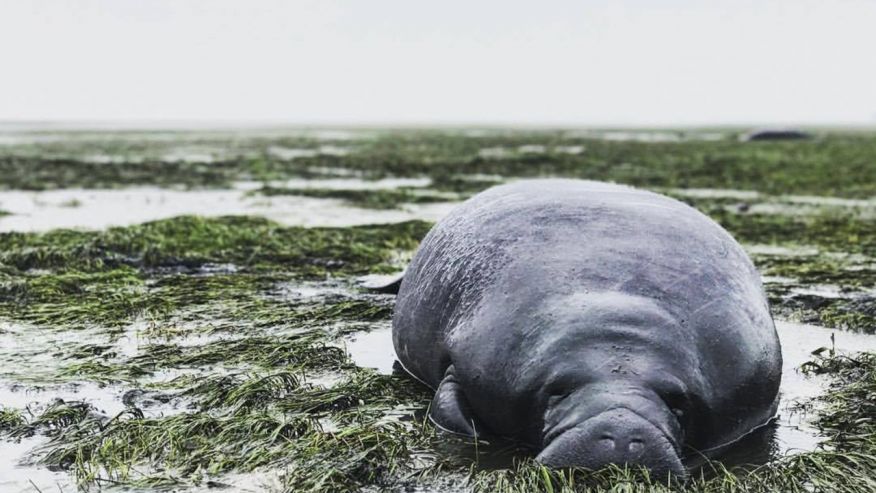
19. Seagrass Mitigation Bill Could Threaten Florida’s Manatees if Passed
Leaders of Ocean Conservancy say a bill being considered by lawmakers would make it easier for developers to destroy seagrass that Florida’s manatees depend upon for survival. The group is urging Florida lawmakers to oppose bills SB 198 and HB 349, which would establish seagrass mitigation banks. That would allow a developer seeking permits for a project that would destroy seagrass to buy credits in a mitigation bank to cover the cost of restoration elsewhere. Although one acre destroyed should mean one acre built in another location, seagrass restoration projects often fail. Meanwhile, the Florida Fish and Wildlife Conservation Commission reported more than 1,000 manatees died last year, in part because without sufficient seagrass, they are starving. J.P. Brooker, Ocean Conservancy’s director of Florida conservation, said, “Florida should be protecting and conserving established seagrass beds by improving water quality and planting new seagrasses.”
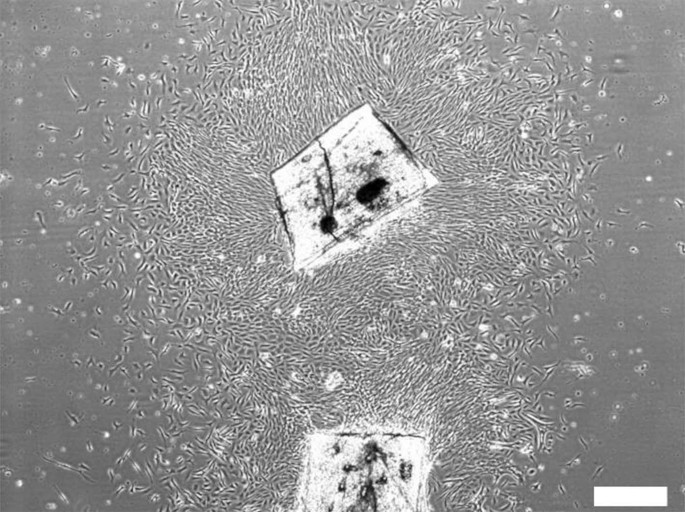
20. Study Shows Discarded Fish Fins Could Be Used to Produce “Aquatic Clean Meat”
Fish consumption is rising across the world, and with it, overfishing. A new study shows that cells obtained from fish fins, often discarded as waste, can be transformed in the lab into clean meat (i.e., meat produced in vitro; artificial, lab-cultured meat using tissue engineering techniques). Furthermore, changing the culture in which the cells are grown changed the morphology of the cells without relying on genetic manipulation. Scientists were able to culture the cells in multi-layered and three-dimensional forms that were suitable for processing and shaping. Taking advantage of the cells’ characteristics, ‘aquatic clean meat’ was produced successfully at the prototype stage. The results suggest that fish fins, which are often treated as waste material, are easy to procure, simple to process, and could be used to create a sustainable food resource.

21. First-Ever Satellite Tagging of Sea Turtles in India Kickstarts New Phase of Conservation
For the first time on the west coast of India, a female Olive Ridley Sea Turtle was successfully satellite-tagged and released in the Arabian Sea, signifying a new era in sea turtle conservation in the area to study movement patterns. Until now, Olive Ridley Sea Turtles have been satellite tagged only on India’s eastern coast. The project will also tag four other sea turtles on beaches where they nest. The turtles visit different beaches in the Konkan coastal region during the December-February breeding season. The turtles are migratory, but during the breeding season, the females come ashore, burrow holes in the sand and lay around 100-150 eggs there. However, the survival rate is meager; barely 1% survive as the eggs or hatchlings are devoured by various terrestrial and aerial predators, necessitating their conservation.




